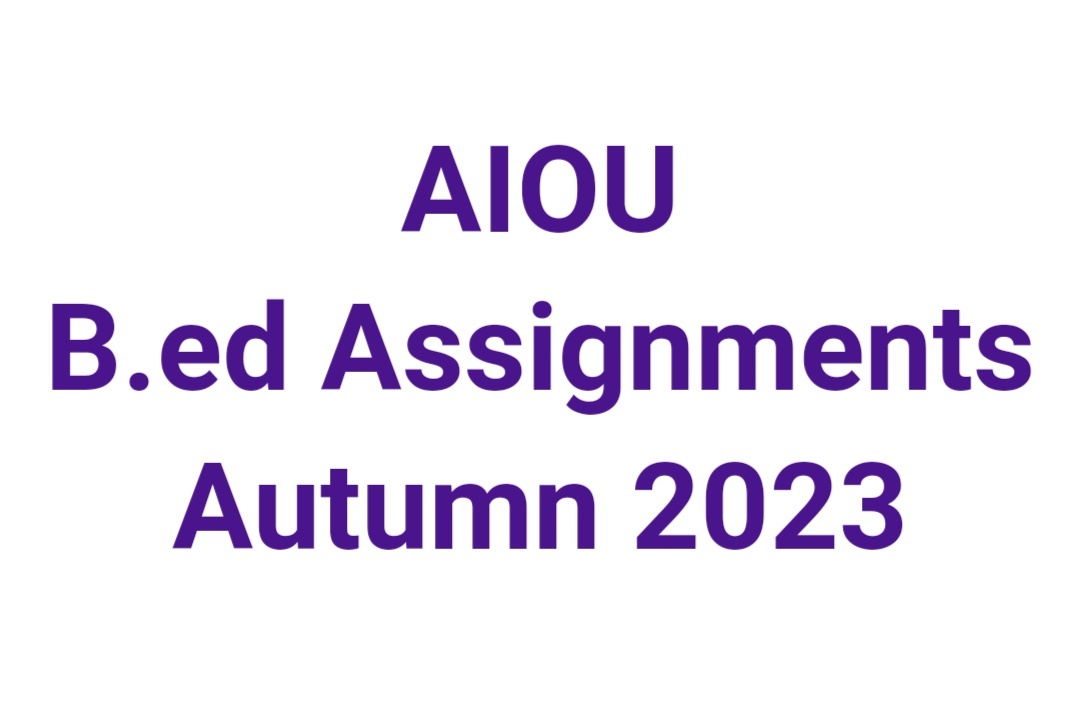The relationship between schools and society is intricate and symbiotic, each influencing and strengthening the other in various ways. Schools, as integral components of society, play a crucial role in shaping individuals and contributing to societal progress, while society, in turn, influences the functioning and purpose of schools.
Relationship between Schools and Society:
Transmission of Knowledge and Values:
- School to Society: Schools serve as institutions for imparting knowledge, skills, and societal values to students. They transmit cultural, ethical, and academic knowledge that aligns with societal norms and expectations.
- Society to School: Societal values, expectations, and needs influence the curriculum, educational policies, and goals of schools. Schools adapt to societal changes and demands to remain relevant.
Socialization and Cultural Integration:
- School to Society: Schools facilitate socialization, fostering a sense of identity, social skills, and citizenship among students. They promote cultural integration by exposing students to diverse perspectives and backgrounds.
- Society to School: Society shapes students' attitudes, behaviors, and beliefs before they enter school. Students bring their cultural backgrounds, experiences, and societal influences into the school environment.
Preparation for the Workforce:
- School to Society: Schools prepare students with essential knowledge, skills, and competencies required for future careers and contributions to society's workforce.
- Society to School: Economic and societal needs influence educational goals, guiding schools to align their curriculum and programs with the evolving demands of the job market and society.
Social Change and Innovation:
- School to Society: Schools nurture critical thinking, creativity, and innovation among students, fostering future societal leaders and contributors who can drive positive change.
- Society to School: Societal changes, such as technological advancements or cultural shifts, influence educational reforms, prompting schools to adapt teaching methods and curriculum to meet emerging needs.
Strengthening Each Other:
Mutual Adaptation: Schools respond to societal needs by adjusting their educational programs and methods. Simultaneously, societal changes influence educational reforms, encouraging innovation and adaptation in schools.
Addressing Social Issues: Schools address societal issues like inequality, diversity, and social justice by educating students about these topics, fostering empathy, and promoting civic engagement. Conversely, societal discussions and movements influence schools to incorporate relevant issues into their curriculum.
Reciprocal Learning: Schools provide a platform for students to learn about societal structures, systems, and challenges. Students, in turn, bring societal experiences, cultural diversity, and perspectives into the school community, enriching the learning environment.
Contributing to Social Cohesion: Schools promote social cohesion by fostering understanding, tolerance, and respect among students from diverse backgrounds. A cohesive society, in turn, supports the development and success of schools by providing a conducive environment for learning and growth.
Schools and society share a dynamic relationship where they mutually influence and strengthen each other. Schools serve as microcosms of society, while societal influences shape the purpose, structure, and functioning of schools, ultimately contributing to the development and progress of society as a whole.





0 Comments